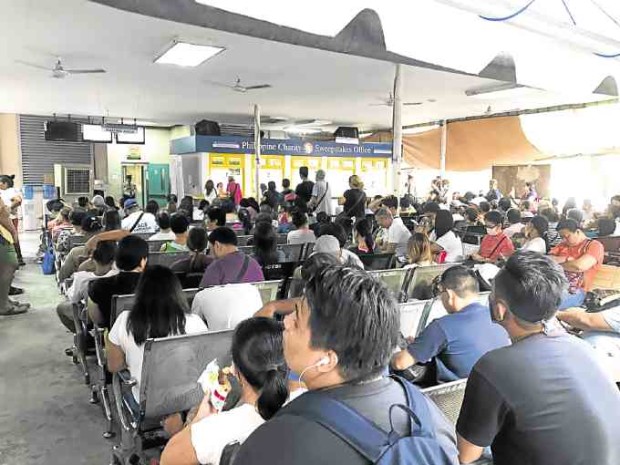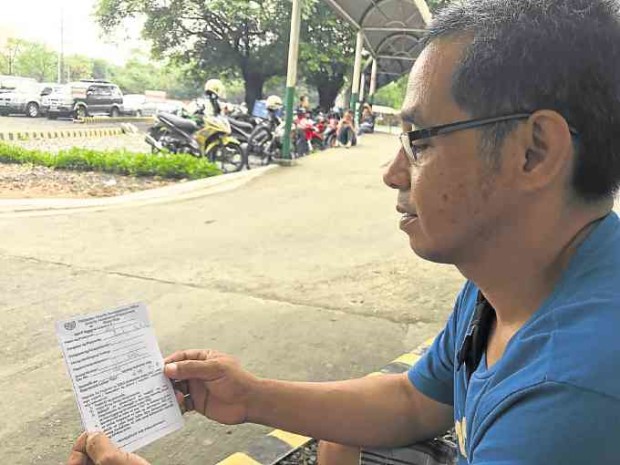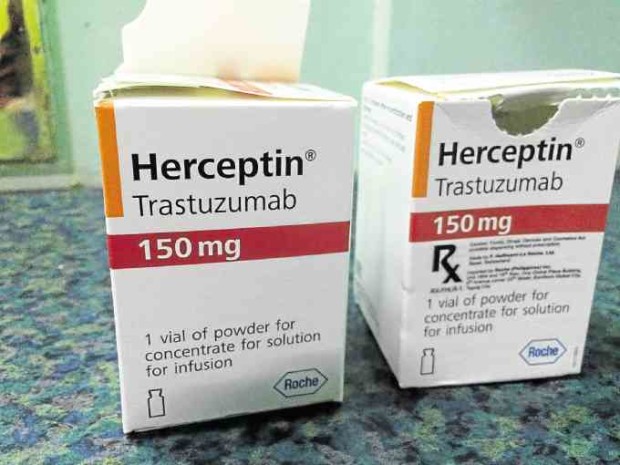Charity begins here

LONG WAIT. Patients wait to be called at the Philippine Charity Sweepstakes Office (PCSO). —PHOTOS BY JODEE A. AGONCILLO
Hours before dawn, a queue about 100 meters long starts to snake around the Philippine Charity Sweepstakes Office (PCSO) at the Lung Center of the Philippines in Quezon City.
In a bid to be first in line, some patients—often wearing face masks and leaning on walking canes—sleep near the hospital gate. At 4:30 a.m., a security guard opens the gate to the crowd, who make a beeline to a box where they drop their medical aid applications.
Welcome to another day at the PCSO, as the agency’s Individual Medical Assistance Program (Imap) begins its customary routine of helping restore health and save lives.
The Imap process starts with the patient’s submission of requirements, followed by the evaluation of requests, a 10-minute interview and assessment, the review and approval of recommendation, and finally, the release of the guarantee letter (GL) and processing of the voucher.
In all, patients should allot three days from submission of application papers to the release of the guarantee letter.
According to Dr. Larry Cedro, PCSO charity sector assistance manager, the program is intended for all Filipino patients confined in any health facility, those receiving health-care management as outpatients and those seeking health management in other countries, provided that no local health facility can provide the same treatment.
The PCSO offers assistance to patients currently confined in hospitals, and those admitted or discharged with a promissory note.
Also covered by the assistance are dialysis (hemodialysis and peritoneal), cancer treatment, medicines and surgical supplies, implants, laboratory and diagnostic procedures, devices, minimal or noninvasive procedures, medical and assistive devices, cardio and transplant procedures, and rehabilitative therapy.
Every day, about a hundred thousand patients seek the PCSO’s help, prompting the agency’s chair, Jose Jorge Corpuz, and its general manager, Alexander Balutan, to accept applications for help in paying hospital bills even on Saturdays.
Alias Johnny, 48, a barangay official from Pulilan, Bulacan, has been queuing for PCSO help for a year and a half now. His wife, “Mary,” 43, and a public school teacher, was diagnosed with intestinal lymphoma in July 2016.
Globo Asiatico
Initially, they had depended on relatives and some savings to buy a generic drug for six cycles of chemotherapy that cost P12,000 to P15,000 each. But Mary needed a more expensive medicine—Rituximab Mabthera, which costs P100,000.
Johnny filed his request for assistance in February, and on Friday, after five hours of waiting, he was advised to go back on April 26 to get the GL that he could use to purchase the drugs at Globo Asiatico, the PCSO’s partner medicine provider based at Teachers’ Village in Quezon City.
“It was embarrassing, especially at first, because as a barangay official I’m used to helping people, and not the other way around,” Johnny says. But his love for his wife forced him to swallow personal pride.
“Ang pera mauutang, pero ang buhay pag nawala, hindi na maibabalik (you can always repay debts, but you can’t bring back life,)” he adds. “Where will I get a million pesos, if not from the PCSO? The problem really is sustainability. I hope patients can get their medicine on time,” Johnny says.
It’s a hope nursed as well by 70-year-old Mama Aiding, a 12-year beneficiary of the PCSO. Kidney failure has meant a lifetime of dialysis for her, treatment that costs P20,000 monthly. She has ignored a lump on her hand that can be removed for P38,000. “Sayang, sa gamot na lang (I’d rather use the money for medicine),” she says.
In the last 12 years, the PCSO has improved in terms of service,” says this widow. “It used to be really degrading, being shouted at by an irritated personnel. Now, the lines are faster.”
For one thing, personal appearance is no longer deemed necessary, unlike before.
Lilibeth Javier, one of the supervisors at the charity services department of the PCSO, says service is indeed faster now, but that the number of patients seeking help has also increased so the wait may be as long.
Bigger burden
To facilitate matters, she advises patients to go directly to the PCSO staff for their questions to avoid misinformation.
Mama Aiding, who lives at Commonwealth, gets up at 5 a.m. to get to the PCSO. She doesn’t mind traveling alone but her bigger burden, she says, is her 47-year-old son who is also suffering from kidney failure and would need dialysis.
“If my guarantee letter gets approved before that of my son, I make sure he gets the treatment first. It’s OK for me to miss one, as long as my son doesn’t,” she says.
Relatives of patients often carry as heavy a burden as their kin. Take Jerry, who sought the PCSO’s help for a metal implant for a relative’s foot.
The PCSO gave him a GL for P58,000, but he was still short of about P50,000 and was not able to buy the metal prosthesis. On Friday, he went back to the PCSO to ask if the GL issued him in February could still be used. He’d have to go back to Step 1, says information officer Kit Reyes.
Some patients, especially those who came from as far as Bicol and Pangasinan, have to battle distance and the lack of finances on top of their illness, among them “Cita,” who stays temporarily with a relative in Cainta to make the trip easier.
Hope has become a commodity as precious as the PCSO assistance for most patients who are “desperate,” says “Gina,” who first battled breast cancer in 2002.
The cancer is now stage 4 and has metastasized to her liver and bones. In 2015, the doctor gave her six months to live unless she gets the needed medication.
Emotional and grumpy
“Bone cancer is very painful,” says Gina. “I cannot sit or lie down, and the pain would leave me crying and shouting in my room,” she adds.
On Friday’s interview, she carries a bag of documents in her left hand, and a cane to support her frail bones in her right. Gina also suffers from spinal cord compression.
She can be emotional and grumpy at times, she admits, adding that she would always go back to the books she had bought earlier to relax her mind.
“When you have cancer, the battle is in the mind; you have to accept. I was often advised to go to the psychiatrist. It’s not just physical, there’s mental and social aspects as well, not to mention, financial (worries),” she says. She needs more than P1.2 million for her treatment and therapy.
As a bone cancer patient, with a decreasing 9-centimeter tumor in the liver—thanks to her medicine—Gina says she needs 10 sessions of radiation and Celedronix acid for her bones worth P11,000 for 21 days.
Her treatment schedule includes two straight sessions of chemotherapy (using Vinorelbine), followed by a break, before two more successive chemo treatments.
Help from the PCSO is not always enough, she rues, especially for those whose need are always “urgent.” Health, she says, is the responsibility of the government so she’s not embarrassed to ask for help from the agency.
“Why should I (be embarrassed)? Health is one of the determinants of a successful government—when its people are healthy and happy. Health is government’s responsibility. I have been paying my taxes after three decades of hard work, Gina says.
Gina, who has long been separated from her husband, says she continues to fight for her children and grandchildren.
“It’s hard to leave when people find it hard to let you go. Ang hirap umalis ’pag may umiiyak. I want to leave when they are at least prepared. I want to leave, happy and smiling. But until that time comes and I am ready, (and until the Lord provides), I will fight,” she says.

